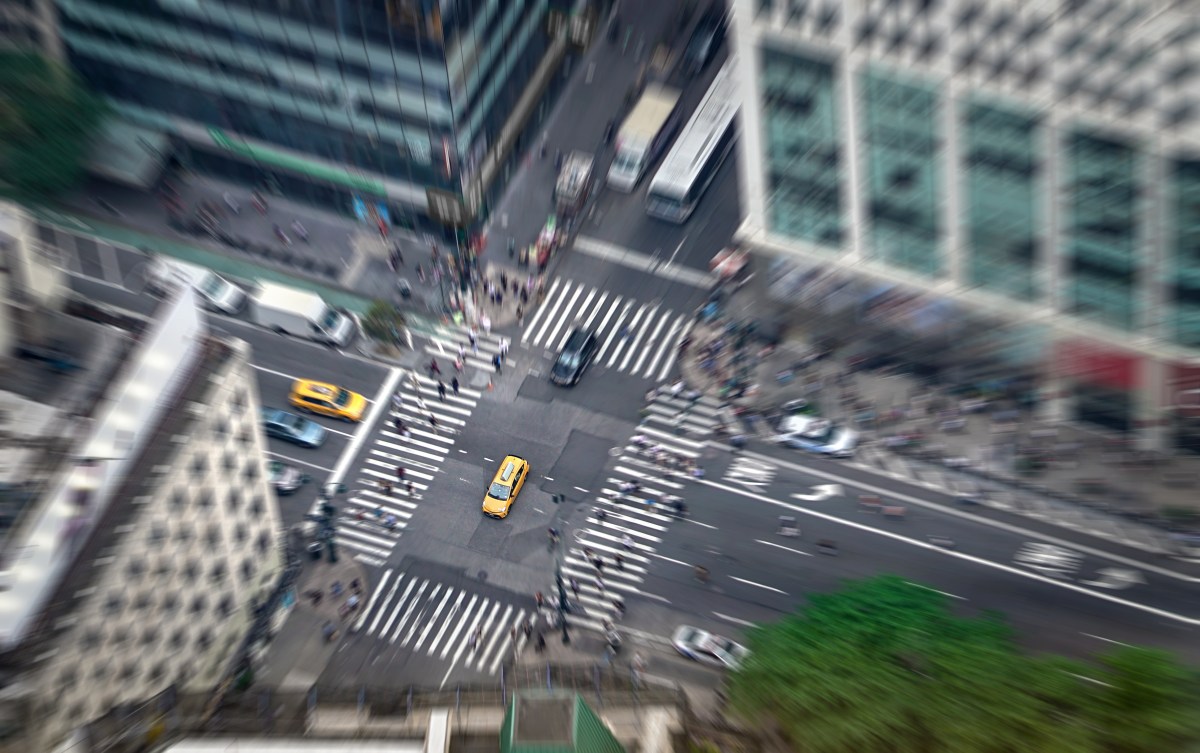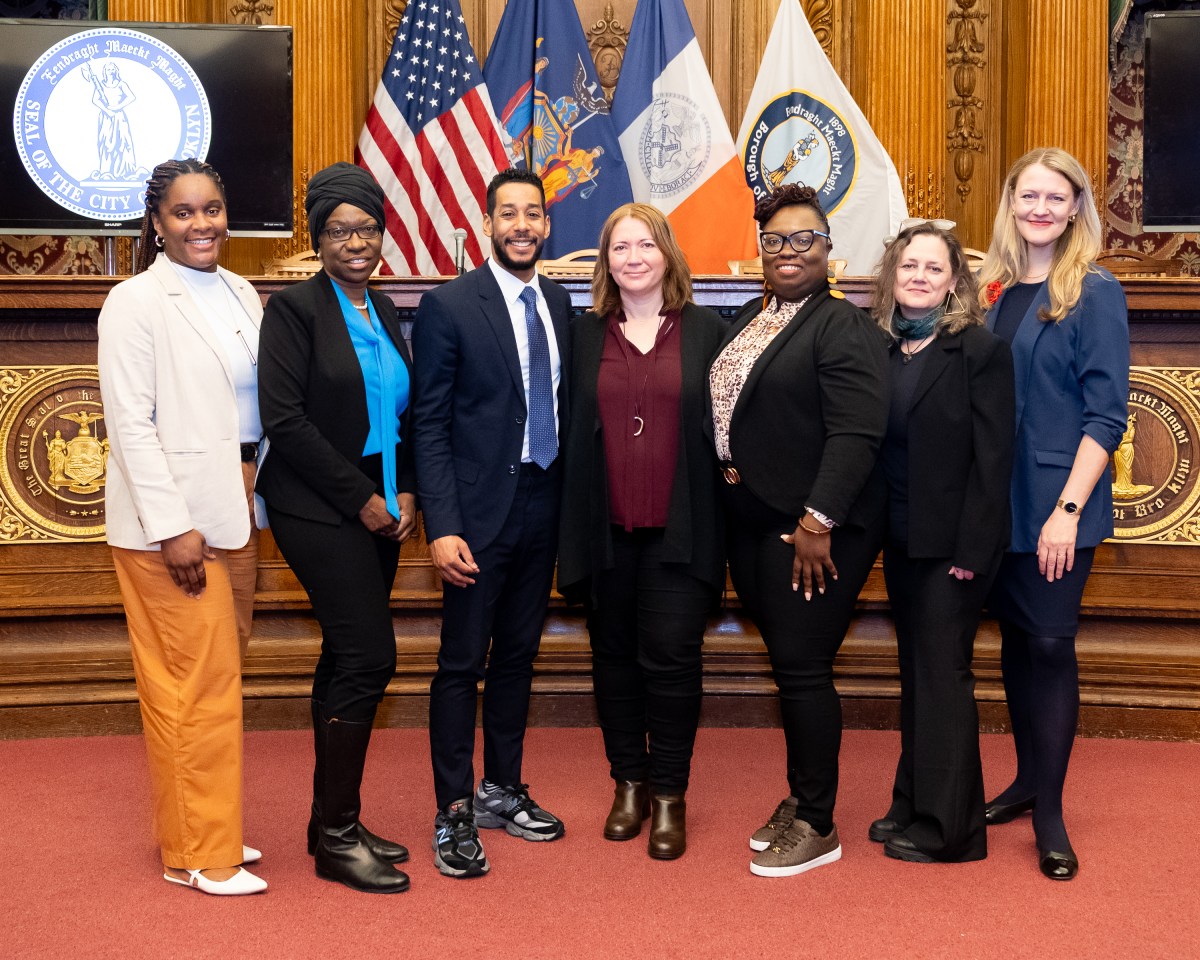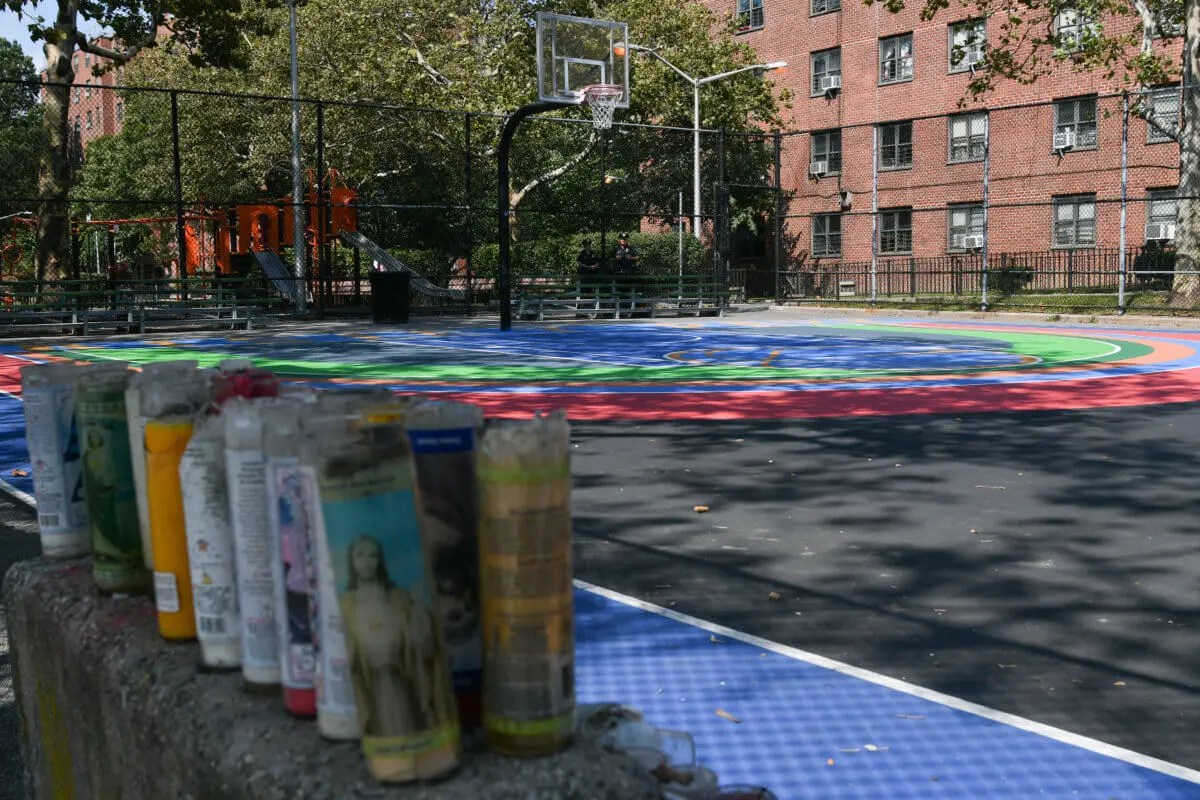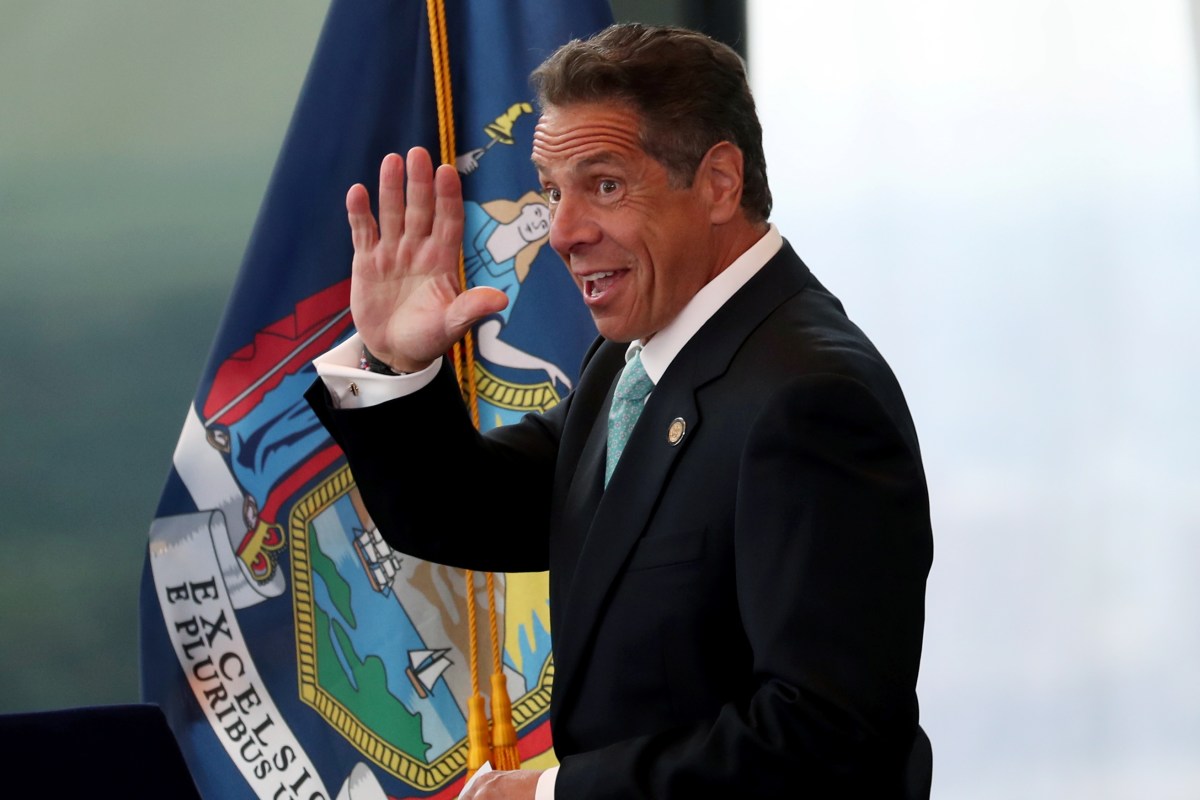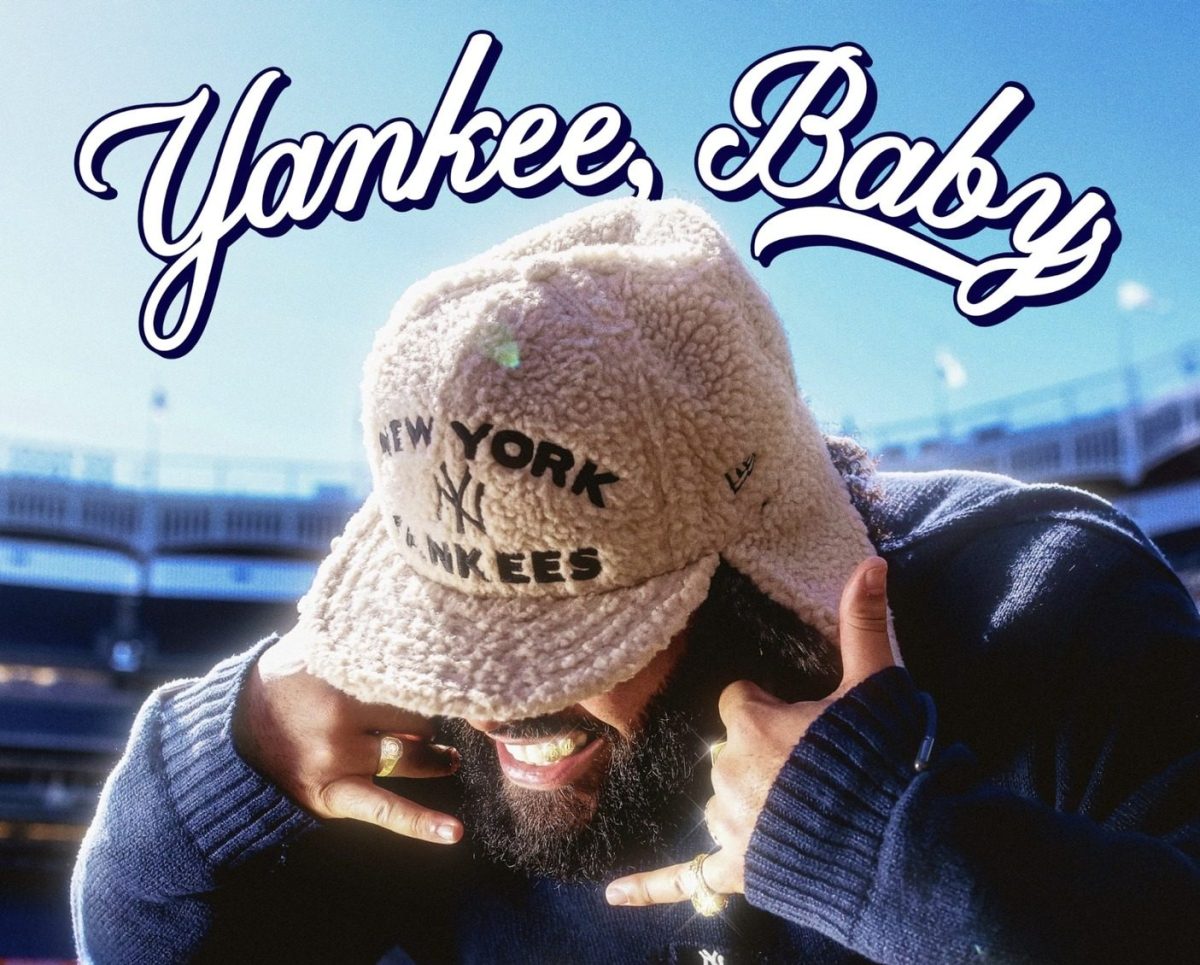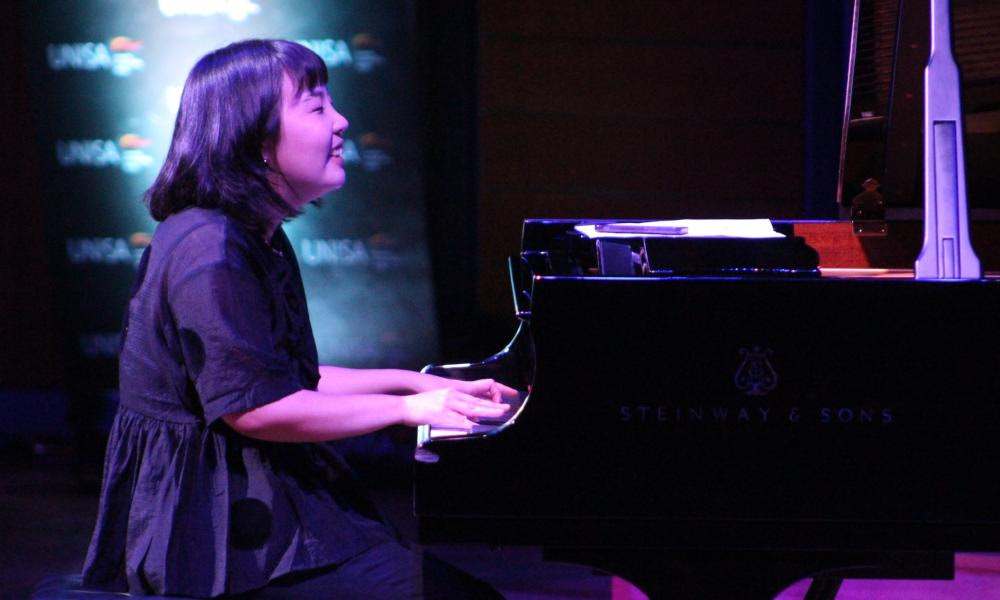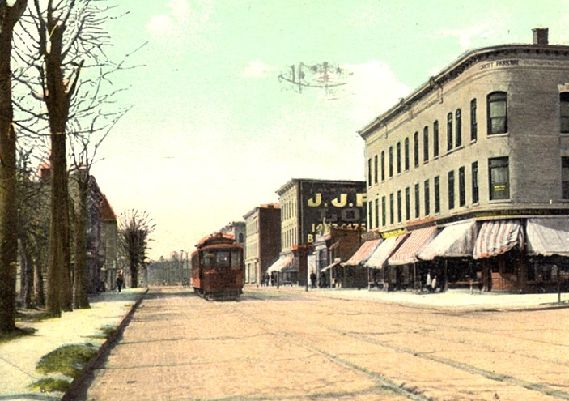The MTA has yet to release official results of congestion pricing‘s impact on NYC during its first days, but some preliminary data suggests the program’s impact on reducing traffic is mixed.
Thanks to the online Congestion Pricing Tracker, which uses Google Maps traffic data to monitor congestion, NYC can get an early look at the toll program’s impact on the city. It has been tracking traffic since the congestion pricing launched on Sunday, Jan. 5.
Whether congestion pricing has been successful in reducing traffic in Manhattan seems to depend on the route. If you use the Hugh L. Carey (Brooklyn-Battery) Tunnel, you’ve likely encountered more traffic; but if you took the Ed Koch-Queensboro Bridge, you likely had a much faster experience.
The tracker — a project run by Northeastern University student Joshua Moshes and Brown University student Benjamin Moshes under the supervision of Brown University Professor Emily Oster — compares this week’s traffic to traffic data gathered in May, June, July, August and December of 2024.

Overall, traffic is moving faster through most tunnels and bridges this week, at least on some days. New Jersey crossings are faring well so far, but Staten Island and Brooklyn commuters are having a tougher time, especially through the Hugh L. Carey Tunnel that connects Brooklyn to Lower Manhattan.
On the program’s first day, the city saw lighter traffic on the bridges and tunnels leading into the Congestion Relief Zone (CRZ) south of and including 60th Street, particularly the Holland and Lincoln Tunnels. But, there were slightly more vehicles on roads exempt from tolls, including the FDR Drive.
Other routes experienced mixed results or only minor changes.
Monday saw similar traffic trends on routes leading into the CRZ, but it is unclear whether snowy weather or congestion pricing’s implementation led many drivers to stay off the roads that day.
Taking a deeper look on Tuesday —the first solid, clear-weather workday —traffic increased on roads outside of the CRZ. Traffic was a nightmare on the FDR Drive, getting as high as 37 minutes during the evening rush, which is double the average commute time.
Along with the West Side Highway, the FDR Drive is not under congestion pricing — though drivers are being charged if they exit the roadway south of 60th Street.
The FDR leads to the Hugh L. Carey Tunnel, which also experienced high traffic. During the evening rush hour in May, June, July, August, and December of 2024, traffic on Tuesdays in the tunnel averaged 12 minutes. But this week, tunnel traffic skyrocketed, with vehicles taking almost 20 minutes to get through, according to the tracker.

Jeannette Stan, a Staten Island resident who drove into Manhattan on Tuesday, saw some tunnel traffic first-hand.
“I had to travel in by car this week,” she said. “I saw more backup heading to the Hugh L. Carey Tunnel coming from Brooklyn and more backup on the FDR Drive exit to 61st Street, both north and south sides.”
The trend continued on Wednesday, with traffic at least 20 minutes during the evening rush hour, when the pre-congestion pricing time on Wednesday is typically 13 minutes.
Heading further up to the Queens Midtown Tunnel, things look better. It usually takes about 10 minutes to get into and cross the tunnel on Wednesdays during the evening rush hour, but drivers got a break this week, with the peak rush hour time averaging 6 minutes.
The Queensboro Bridge: a breeze to cross
Meanwhile, the Queensboro Bridge has been a dream.
Since Jan. 5, traffic has improved every day and almost every hour. However, there was a slight traffic snag on Tuesday at around 4 p.m., when it took vehicles nearly 12 minutes to cross. Before congestion pricing, it would normally take about 8 minutes to cross during that same period.
New Jersey drivers got a bit of relief through the Holland Tunnel into Lower Manhattan all week. During the peak of Tuesday’s and Wednesday’s evening rush hour, it took about 10 minutes to get through the tunnel, which is approximately 5 minutes faster than it would take during that same period pre-congestion pricing.
Drivers through the Lincoln Tunnel, a New Jersey throughway into Midtown, saw a faster morning commute on Wednesday, too. It took vehicles about 5 mintues to get through, whereas it would take 9 minutes before the toll program’s launch.
What are New Yorkers experiencing?
Filippa Grisafi, who takes various express buses to her Lower Manhattan job, underscored the tracker’s findings about the Hugh L. Carey Tunnel (also known as the Brooklyn-Battery Tunnel) traffic this week.
“From an express bus commuter perspective, Tuesday, Wednesday and today, we didn’t hit traffic until the approach to the Battery Tunnel all three days,” she said.
Mario Crescnezo, who drives from Staten Island to Long Island City for his typical commute, now has a shorter ride but still accepts that he has a long drive.
“I suppose I’ll take 1:18 over 1:34 to make the trip,” he said. “Still a long ride, and it’s mainly due to the reduced lanes on the BQE by the promenade leading to the Brooklyn Bridge.”
New Yorker Charlie Aiosa said congestion will remain as long as double parking continues.
“No matter what, if trucks and livery cars continue to double park in the congestion zone, we will continue to have heavy traffic in Lower Manhattan,” he said.
Read More: https://www.amny.com/nyc-transit/






